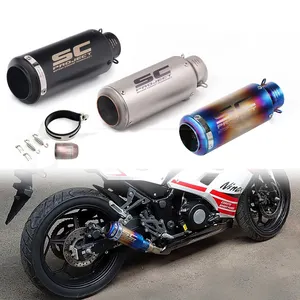Giới thiệu về ống xả remus
Alibaba.com cung cấp các sản phẩm 258 ống xả remus. Có rất nhiều ống xả remus lựa chọn dành cho bạn, chẳng hạn như 1, 3, và m3. Bạn cũng có thể chọn từ bmw, audi, và cho nissan ống xả remus. Cũng như từ thép không gỉ, 304 thép không gỉ ống xả remus.Và bất kể ống xả remus là xe, xe tải.
















